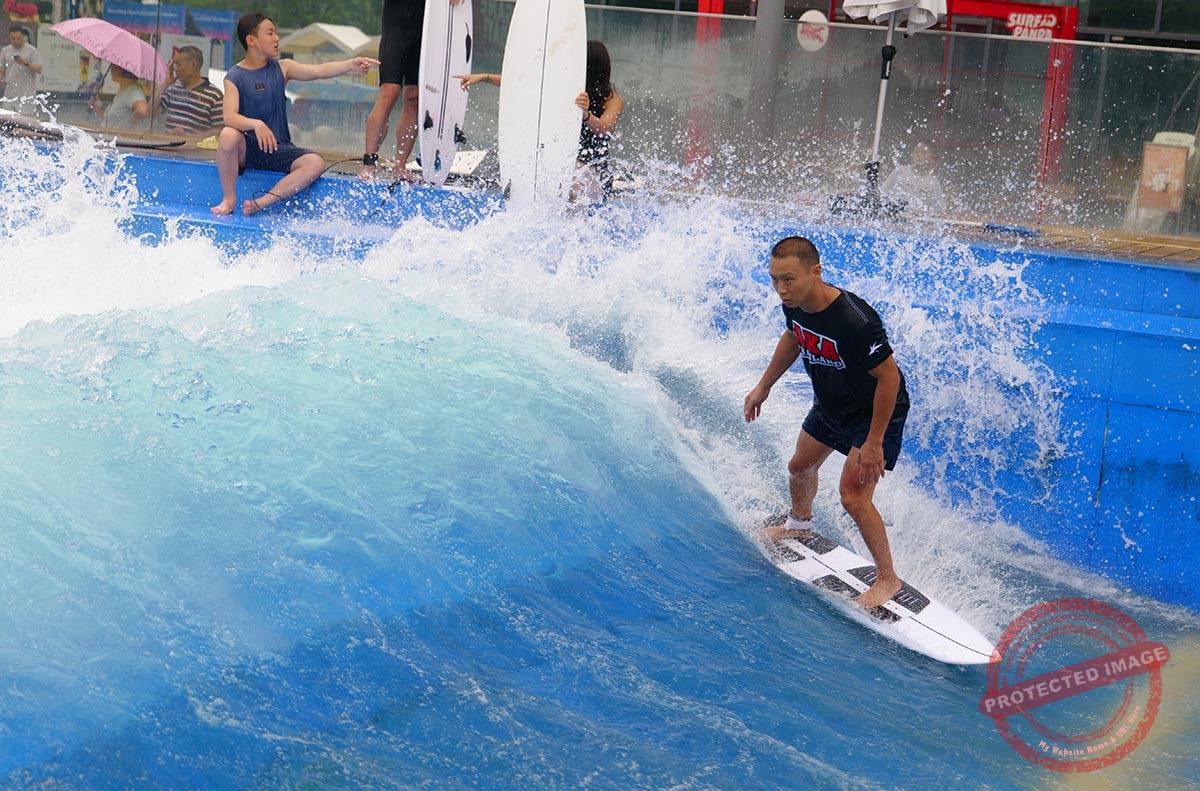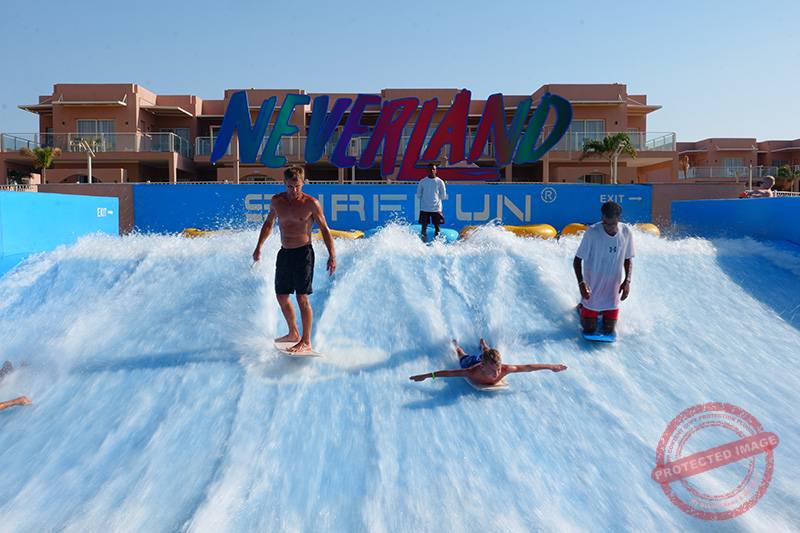How to maintain water park equipment?

Comprehensive Guide to Maintaining Water Park Equipment for Safety and Longevity
Water park equipment requires meticulous maintenance to ensure guest safety, operational efficiency, and extended lifespan. Neglecting routine checks or deferring repairs can lead to costly breakdowns, accidents, or even park closures. Below are critical strategies for maintaining various types of water park attractions.
Daily Inspection and Cleaning Protocols
Daily inspections are the first line of defense against equipment deterioration. Start by visually examining all slides, pools, and interactive features for cracks, loose fittings, or debris. Pay special attention to high-stress areas like slide entrances, where repeated friction can wear down materials. For water slides, check for proper water flow—inconsistent distribution may indicate clogged nozzles or pump issues.
Cleaning is equally vital. Use non-abrasive tools and pH-balanced detergents to remove algae, sunscreen residue, or mineral deposits from surfaces. For pool areas, skim debris from the water’s surface and vacuum the floor to prevent clogs in filtration systems. Interactive play structures with moving parts, such as water cannons or tipping buckets, should be wiped down to avoid bacterial growth in crevices.
Addressing Water Quality Management
Poor water quality accelerates corrosion and poses health risks. Test chemical levels (chlorine, pH, alkalinity) at least twice daily using digital kits or automated sensors. Adjust balances as needed to prevent algae blooms or skin irritation. Filtration systems must run continuously during operating hours; inspect filters daily for blockages and replace them according to manufacturer guidelines. Backwashing sand filters or cleaning cartridge filters removes trapped contaminants, ensuring efficient circulation.
Saltwater systems, if used, require additional monitoring. Salt cells generate chlorine through electrolysis, but scaling from mineral buildup can reduce their effectiveness. Regularly inspect cells for deposits and descale them using vinegar solutions or specialized cleaners.
Weekly and Monthly Preventive Maintenance Tasks
Weekly maintenance focuses on deeper inspections and lubrication. For mechanical components like conveyor belts or lift chains on water coasters, check tension and alignment to avoid premature wear. Apply food-grade lubricant to hinges, bearings, and other moving parts to reduce friction. Examine electrical connections in control panels for corrosion or loose wires, which could cause malfunctions or safety hazards.
Monthly tasks include structural assessments and pressure testing. Inspect the foundation of slides and towers for soil erosion or shifting, which may compromise stability. Use hydraulic pressure gauges to test the integrity of water lines—leaks or pressure drops indicate potential ruptures. For inflatable attractions, check seams and valves for air leaks and patch them immediately to prevent deflation during use.
Managing Wear and Tear on High-Traffic Equipment
Slides and wave pools endure constant use, making them prone to surface damage. Inspect fiberglass slides for hairline cracks or gouges, which can expand under stress. Repair minor damage with epoxy resins designed for aquatic environments, following a multi-layer application process for durability. For wave pools, examine wave generators and liners for tears or loose bolts. Tighten fasteners and reinforce seams to prevent water leakage into subflooring.
Interactive play structures with water jets or fountains require frequent nozzle cleaning. Mineral deposits can clog openings, altering water patterns and reducing guest engagement. Soak nozzles in vinegar solutions overnight to dissolve buildup, then rinse thoroughly before reinstallation.
Seasonal and Off-Season Maintenance Strategies
At the end of each season, conduct a thorough shutdown procedure to protect equipment during off-peak months. Drain pools and slides completely to prevent freeze damage in colder climates. Remove and store removable components, such as slide mats or floating obstacles, in dry, climate-controlled areas to avoid warping or mold growth.
Off-season is also ideal for major repairs or upgrades. Resurface worn-out pool bottoms with non-slip coatings to enhance safety. For older slides, consider retrofitting with LED lighting or sound systems to boost appeal in the next season. Inspect and repaint steel frameworks to prevent rust, focusing on areas exposed to moisture or chemicals.
Training Staff for Effective Maintenance Practices
A well-trained team is essential for consistent upkeep. Develop standardized checklists for daily, weekly, and seasonal tasks to ensure no step is overlooked. Train employees on proper use of tools, such as pressure washers or multimeters, to avoid accidental damage. Encourage proactive reporting of unusual sounds, vibrations, or leaks, as early detection often prevents minor issues from escalating.
Cross-train staff across different equipment types to maintain flexibility during peak seasons or staff shortages. For example, a technician skilled in pool chemistry should also understand basic slide repairs. Regular refresher courses on safety protocols, such as lockout-tagout procedures for electrical systems, reinforce a culture of caution and compliance.
By adhering to these structured maintenance routines, water parks can minimize downtime, reduce long-term costs, and provide a safe, enjoyable experience for guests year-round.
